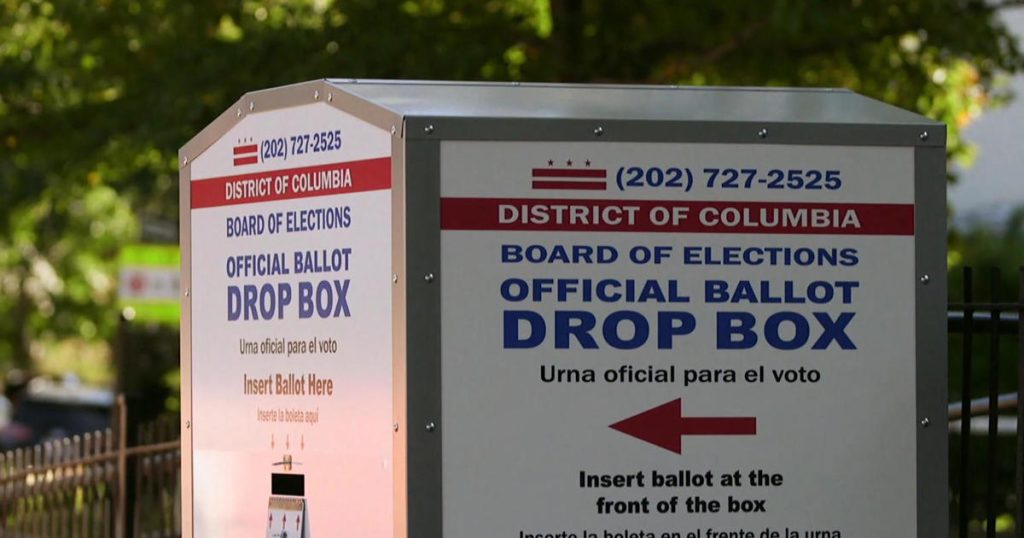The history of voting by mail dates back to the 19th century when the practice was first used by soldiers during the Civil War. The concept of absentee voting was introduced to allow soldiers to cast their votes while away from home, and it quickly gained popularity due to its convenience. Over the years, the process evolved, with more states adopting mail-in voting for various reasons such as facilitating participation among remote populations and providing a convenient alternative for individuals unable to vote in person.
During the early 20th century, various states began to implement mail-in voting for domestic purposes, with Oregon being the first to establish a comprehensive vote-by-mail system in 2000. This system allowed all registered voters to receive their ballots by mail, eliminating the need for in-person voting altogether. Oregon’s success inspired other states to adopt similar methods, leading to a significant increase in the number of ballots cast by mail in elections across the country.
The rise of mail-in voting has not been without controversy, however. Critics have raised concerns about the security of mail-in ballots, citing the potential for fraud or manipulation. These concerns have been exacerbated by recent claims of election interference and the spread of misinformation regarding the integrity of the voting process. Despite these challenges, proponents of mail-in voting argue that it is a crucial tool for ensuring access to the ballot box for all eligible voters, particularly those facing barriers to in-person voting.
In response to the COVID-19 pandemic, many states expanded their mail-in voting options to accommodate public health concerns and reduce the risk of virus transmission at polling places. This shift towards increased mail-in voting has sparked further debate over the future of the practice, with some advocates pushing for its permanent adoption as a more inclusive and convenient method of voting. As the 2024 election approaches, the use of mail-in ballots is expected to play a significant role in shaping the outcome and providing voters with a safe and secure way to participate in the democratic process.
The new exhibit at the Smithsonian’s National Postal Museum sheds light on the history of voting by mail, showcasing the role of mail-in ballots in shaping American democracy. By exploring the origins and evolution of mail-in voting, the exhibit highlights the importance of this practice in ensuring equal access to the electoral process and empowering citizens to exercise their right to vote. Through interactive displays and historical artifacts, visitors can learn about the impact of mail-in voting on elections past and present, and gain a deeper understanding of its role in shaping the future of democracy in the United States.
As mail-in voting continues to gain traction and evolve in response to changing circumstances, the exhibit serves as a timely reminder of the enduring relevance and significance of this practice in American politics. By highlighting the diverse perspectives and experiences of individuals who have participated in mail-in voting throughout history, the exhibit offers a nuanced portrayal of the challenges and opportunities associated with this method of casting ballots. Ultimately, the history of voting by mail reflects the ongoing struggle to expand access to the ballot box and uphold the principles of democracy in an ever-changing world.


